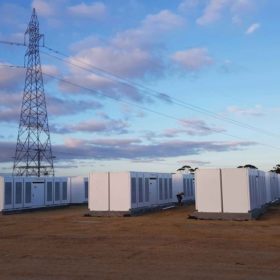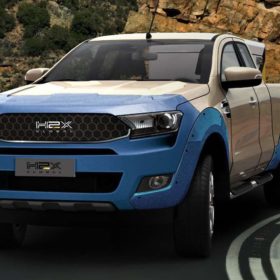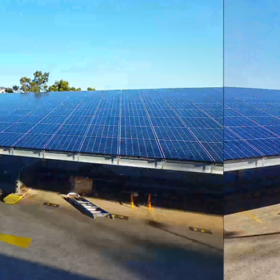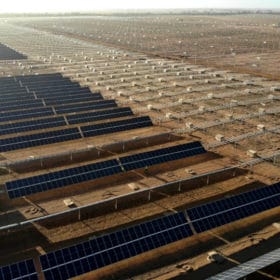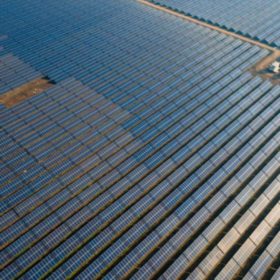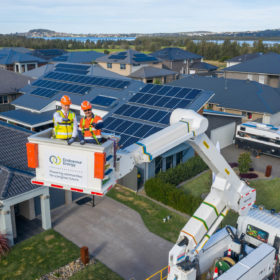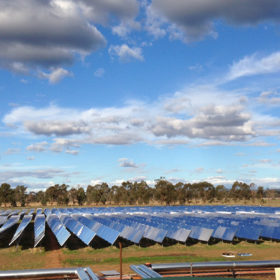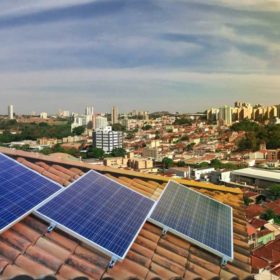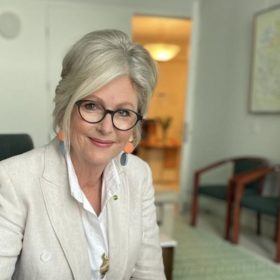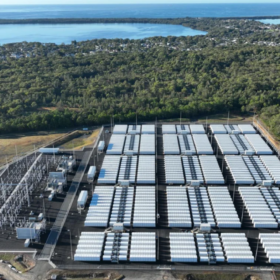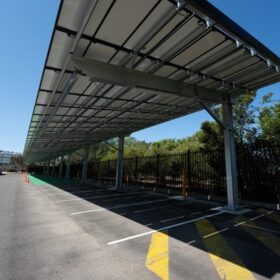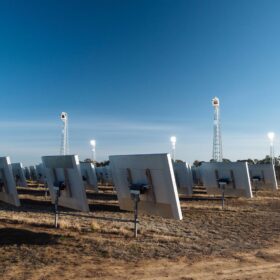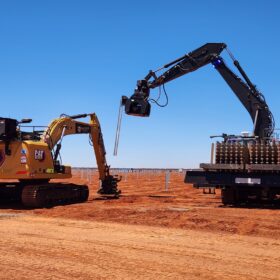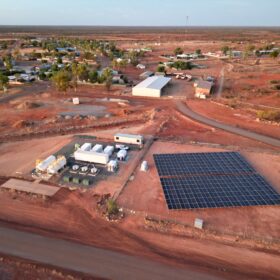AEMO pushes ahead with settlement reform for NEM
A market reform more than four years in the making is set to be introduced in less than 30 days with the Australian Energy Market Operator this week confirming the five-minute settlement period will come into effect on October 1, 2021.
Hydrogen-fuelled ute developed in Australia readies to launch
Hydrogen vehicle maker H2X is set to unveil its Australian-developed fuel cell electric hybrid Warrego Ute in November.
Solar carpark now powering Wollongong’s council
Wollongong council’s administration building is now being powered, at least partially, through a 200 kWp+ solar carpark.
Spinning against a wall: Aussie athletes scold government inaction as enduring country myth disproven
With 370 of its most beloved athletes lambasting the country’s climate inaction on the same day its coal-loving base was revealed to be little more than a mirage, the Morrison government must front up to both its own people and global peers as elections and summits loom.
Victoria opens tender for ‘at least’ 600 MW of renewables in second reverse auction
The Victorian government has launched its second Victorian Renewable Energy Target auction, aiming to attract “at least” 600 MW of new renewable energy capacity to the state.
Land secured from traditional owners for solar + storage, progressing SA’s 1.3 GW renewable hub
Canadian clean energy company Amp Energy has secured a lease agreement with Indigenous landowners to develop a solar farm and storage system in Whyalla, South Australia. The project is one of three sites which make up the company’s proposed Renewable Energy Hub of South Australia, announced in May.
Solar could supply 77% of Australia’s electricity demand by 2026
Australia’s solar uptake is now forecast to reach 8.9 GW by 2025, on top of the 14 GW already installed, according to the Australian Electricity Market Operator.
Explaining the $16.5 million write-down of Genex’s Jemalong Solar Project
Genex Power’s latest annual report makes inspiring reading, with its plans for repurposing of the Kidston Gold Mine into a renewable energy hub progressing through stages. Its Jemalong solar farm is also delivering to plan — what then of the write down?
Where rooftop solar meets the most money-saving energy plan — it’s personal
It’s not just big companies that are benefiting from digitisation and data analytics. Today sees the rollout of a new optimising algorithmic marvel that easily shows solar PV owners which of a myriad of constantly changing retail energy plans will save them the most on their electricity bill. No need to die wondering!
ALPA seeks to harness the renewable gold rush for Australia’s regional communities
Debate on independent MP Dr Helen Haines’ Australian Local Power Agency Bill 2021, which seeks to anchor the benefits of renewables projects in their hosting regions, will be informed by Friday’s parliamentary committee hearing of submissions on the proposed legislation. A number of valid discussion points have been raised.
